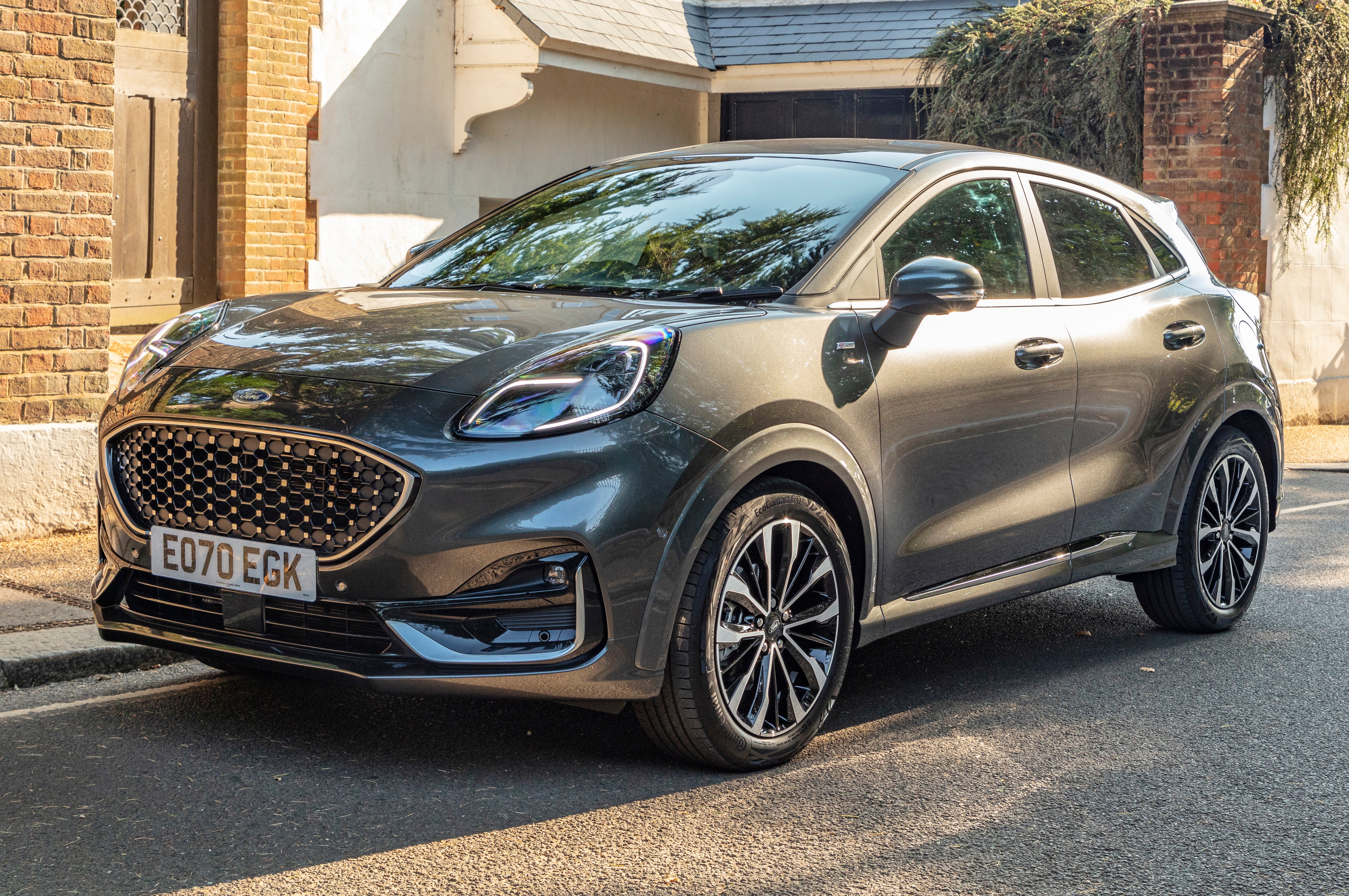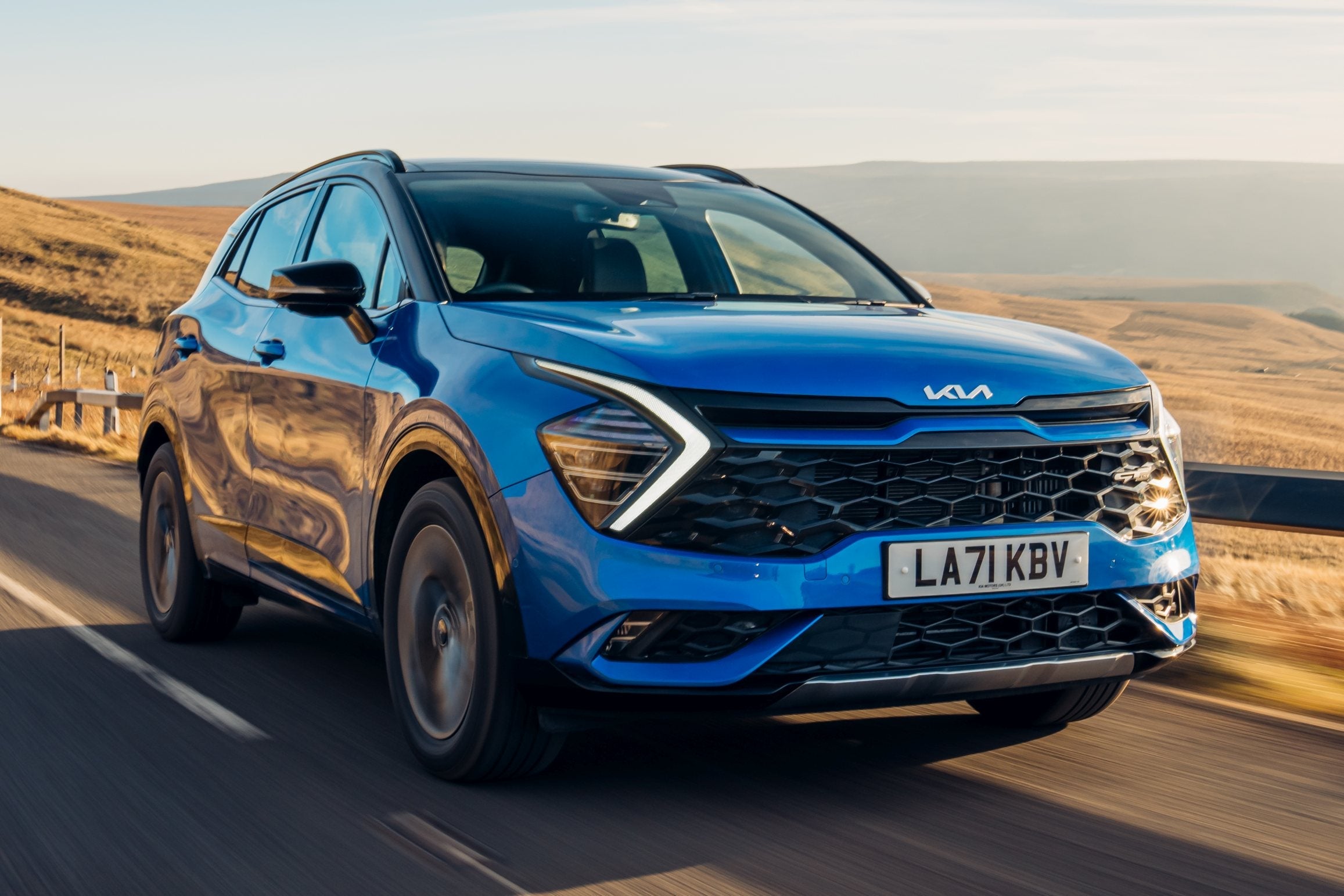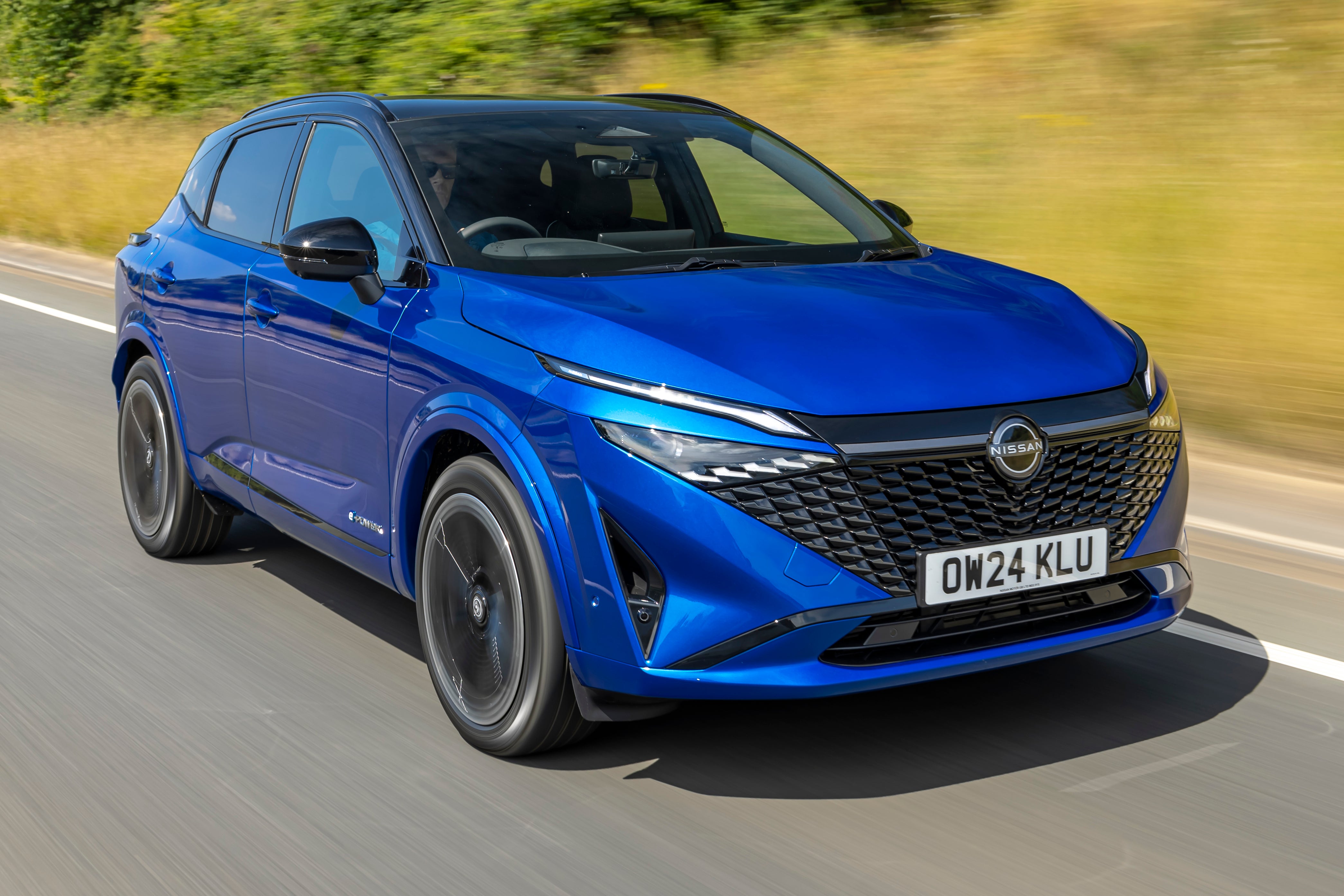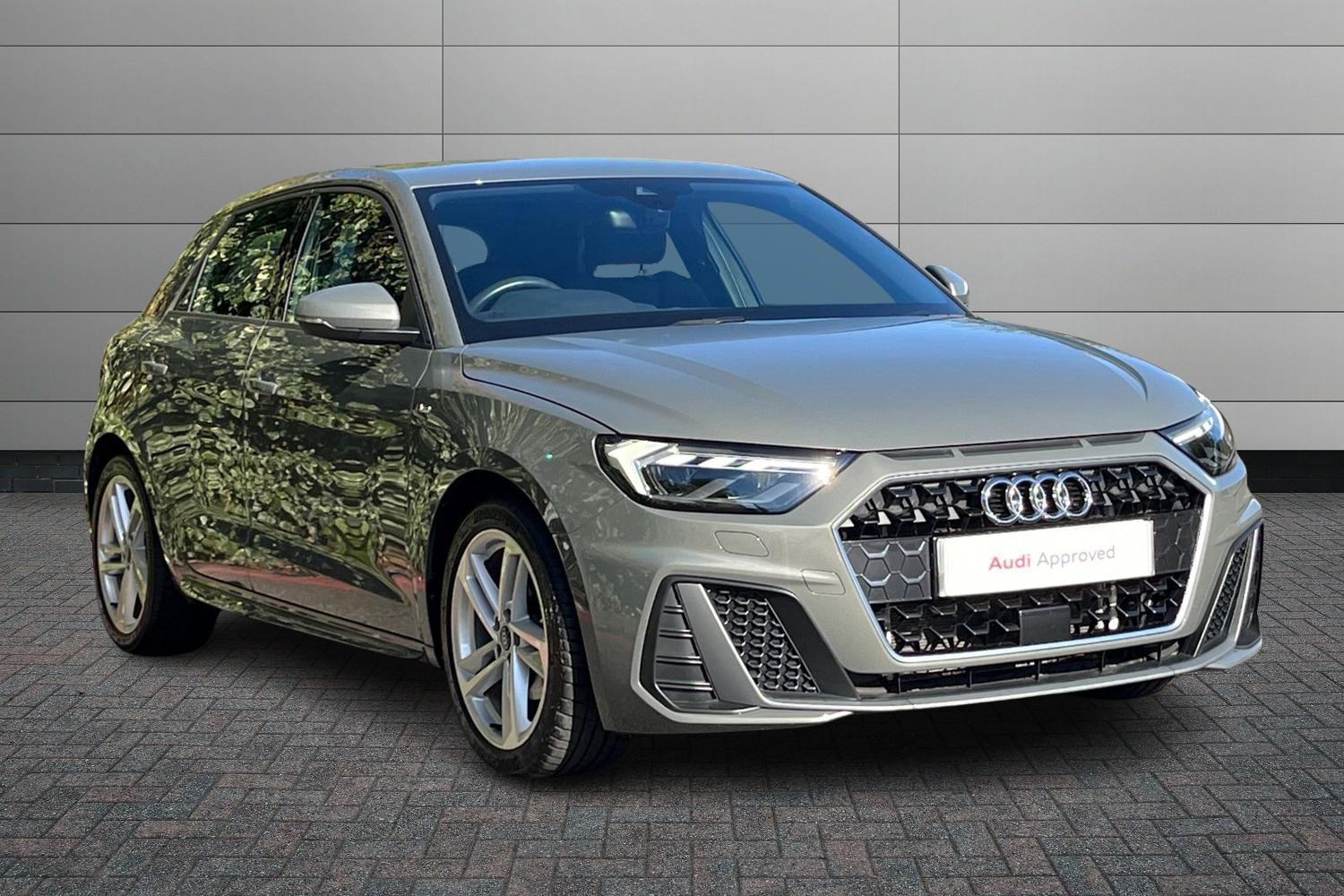
Need to jump start a car? The are two ways and we'll example how you can do both.
The first way to jump start a car is the old fashioned way. Thirty years ago it was common to see two cars with their bonnets open, a pair of cables connecting their batteries – this was jump-starting. Essentially, you're sending the power from a healthy car with a charged battery to the other car with a flat battery. The slug of electricity is enough to crank the sick car's engine and, with a few turns, it spins into life. Once the engine's sparked – and assuming there's nothing else wrong (like a faulty alternator) – the car can charge its own battery.
The downside of this system is you need another healthy car and someone with the time and will to help you out – not things you can always guarantee.
Your second option is to use a jump pack. Jump packs are portable batteries that you can charge at home and then hook up to your car battery to get its engine spinning. Jump packs used to be relatively unwieldy devices, but lithium-ion battery technology means they are now highly portable.
How to jump start a car with cables in 10 easy steps:
- First off, ensure both cars are parked closely together, switched off and with handbrakes on.
- Connect the positive, or live (red) jump lead to the working battery's positive (+, or red) terminal.
- Connect the other end of the positive lead to the positive terminal on the dead battery.
- Connect the negative (black) lead to the negative (-) terminal on the working battery
- The latest advice is to NOT connect the negative lead to the negative battery terminal of the old battery as this creates a fire risk. It is safer to connect it to an earthing point under the engine bay. This could be on the engine block itself, a piece of unpainted metal or an officially marked earthing point.
- Start the healthy car's battery and let it run for a minute.
- Build its engine revs to 2500rpm to produce a strong electrical current.
- The sick car should now start when you turn the key.
- No luck? Leave it for a few minutes and try again.
- When the sick car has started, remove the leads by reversing the process.
How to jump start a car with a lithium-ion jump pack:
- Make sure the car is turned off.
- Connect the supplied leads to the battery terminals, being sure to connect the negative (-) first.
- Turn on the battery pack.
- Start the car.
- If it doesn’t start, many jump packs are fitted with a ‘boost’ button, which delivers a stronger jolt of current. Press this, then try to start the car again.
- Once running, remove the leads – positive first (+) then negative (-).
Which jump start method should I use?
Realistically, the days of needing to use a pair of jump leads and another car are well behind us. While the process still works perfectly well, the advent of lithium-ion jump packs, there’s no need to mess with two cars, two batteries and two leads. Using a small jump pack removes all the dangers such as accidentally clashing leads and so on. Buying a jump pack and keeping it charged up means that if you ever end up with a flat battery, you can be on the road in a matter of minutes, rather than having to wait for the aid of another car and driver.
The only downside is that jump packs cost more than jump leads, but when you're stranded on your own, late at night, you may rue not spending that extra money...
How do I jump start an electric car?
You will need to jump start an electric car if its batteries are entirely drained. Electric cars and hybrids have two batteries – one that powers the electric motor and another 12-volt battery for ancillary systems like the lights, infotainment and wipers, the same as you'd find in a petrol or diesel car. You may find that the lithium-ion batteries may not recharge unless the vehicle is jump-started via the 12-volt system, which gets the electronics to kick-in.
Jump-starting an electric car or a plug-in hybrid is not different to a conventional diesel or petrol car – in theory, at least. In reality, it can be a bit trickier because the location of the battery can be harder to access than in a petrol or diesel car.
The 12-volt battery needs to be powered up for the lithium-ion battery to charge.
There are a few rules to remember if you're jump starting an EV. If you're using jump leads, you'll need a petrol or diesel car to provide the boost (or, alternatively, use a booster pack) and an electric car shouldn't be plugged in to charge when you jump start it. The reason for that is that it may cause damage to the car's electronics which can be incredibly expensive to repair.
It should take about five minutes to jump start your car following the steps outlined above.
If you turn the key nothing happens, your battery is most likely dead. If there's some charge left in the battery, your car's engine may turn but not crank into life. Dim headlights are a clear giveaway that your battery is weak.
When jumping a car, first attach the negative lead (black) to the negative terminal marked '–' to the flat battery.
Reviews of popular cars for sale on heycar
Loading...
Car deals
Whether you're looking for a great PCP deal or looking for a car on 0% finance, we've got the car deal for you
More car buying and owning guides
Everything you need to know about buying and owning a car from our experts




